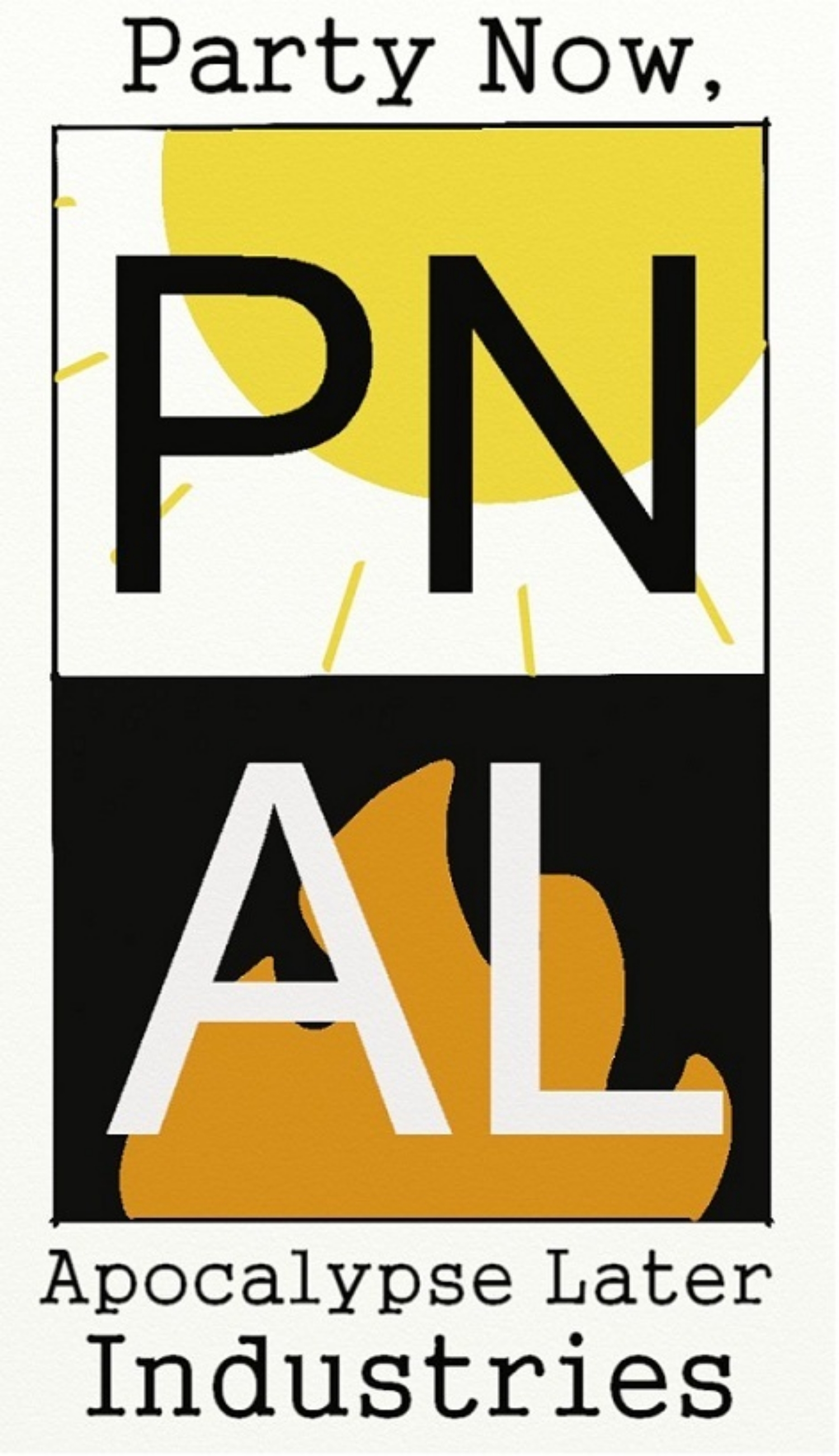Director: F.W. Murnau
Cast: Max Shreck, and a couple of boatloads of hapless Germans
Have I Seen it Before: Yeah…? Or maybe I just saw Shadow of the Vampire (2000). Time is making memory quite fuzzy in some ways.
Did I Like It: You know… It doesn’t hold up, and I wonder if that has anything to do with a concept I’ll get to here in just a moment.
Not all silent films are created equal, I suppose. I immensely enjoy the works of Chaplin. Fritz Lang certainly has some game that stands the test of time. D.W. Griffith has done plenty for the art of cinema, especially when you ignore what his films are actually about. And yet, Murnau’s Nosferatu feels disjointed.
But why is that? Maybe its the distinct German-ness of the film that causes things to unravel for this audience of one nearly 100 years later. The music that is attached to most prints you’ll find is all over the place; baroque in bright, idyllic scenes, and flute-heavy for what I imagine were supposed to be the scariest parts. It’s also long winded, when I didn’t think that was possible before the dark wizards at Vitaphone placed their magic on Al Jolson. Don’t even get me started on the day-for-night problems throughout the movie. Maybe Murnau hadn’t grasped how to depict night on film, but ever time one of the inter-titles makes a reference to the phantoms of twilight, the scene looks like it was shot shortly after lunch.
Beyond all of this, I have a theory. Ultimately, I wonder if films—like Nosferatu—that eventually slip into the public domain receive less love than films wherein a still extant copyright holder can profit from their preservation and restoration. For every remastered and polished Blu Ray we get of films like Chaplin’s Modern Times (1936), there are a litany of poorly scored, badly edited, and blotchy copies of films we all own. It’s a shame, too. I do wonder if there is breathtaking film buried within all of that neglect. It’s reputation seems to think so, I just wish I could get that sense.

